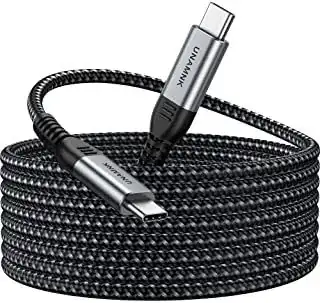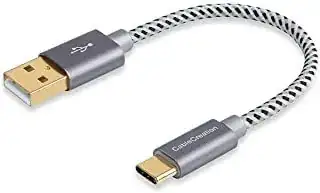I have a Win 10 64-bit HP laptop (model: 15-dw0088ca) which has 1 USB-C port and two USB ports.
Can I use an ordinary USB-C ↔ USB-C cable, like the one in Pic 1, to transfer files from this HP computer to another one that also has an USB-C port?
Pic 1: USB-C ↔ USB-C cable.
Can I use an ordinary USB-C ↔ USB cable, like the one in Pic 2, to transfer files from this HP computer to another one that only has USB ports (no USB-C port)?
Pic 2: USB-C ↔ USB cable.
Remark: I know that, with some software, files can be transferred from one PC to another using a special USB ↔ USB cable like this one:
PC to PC data transfer cable (which I do not have).
Various sites say that using an ordinary USB ↔ USB cable for PC to PC data transfer is not a solution. I do not really understand why as long as ordinary cables like: USB ↔ Micro-USB, USB ↔ USB-C, USB-C ↔ USB-C can be used for transferring files between a mobile phone and a PC.
Note:
There is a similar question (Is it possible to connect two PCs via USB C?) but the answers there are a bit speculative. This is an example:
So, if you have two computers with USB-C ports, and a USB-C cable, then the chances are that all the hardware is there to make a 20 Gbps connection between the two. All it takes is one computer to have the right software to support a network device on a USB-C port, and the other to have the right software to emulate a network device on a USB-C port.
It is not clear from the above excerpt whether an USB-C ↔ USB-C connection between two computer, with an ordinary cable (not a data transfer cable), is possible. Also, there is no answer regarding the USB-C ↔ USB data transfer.


